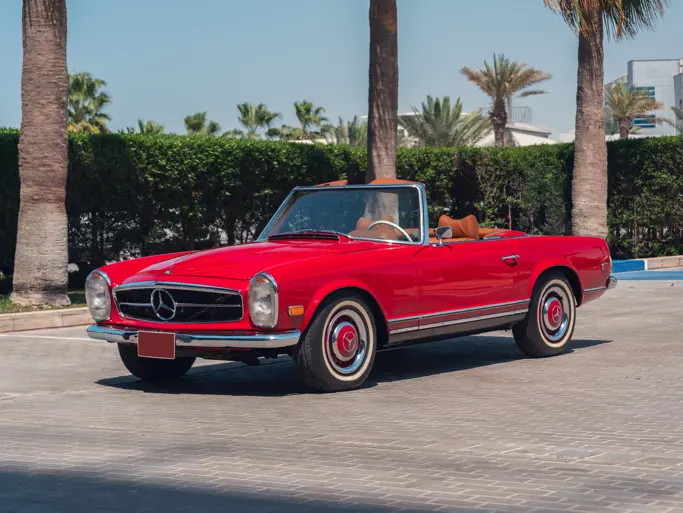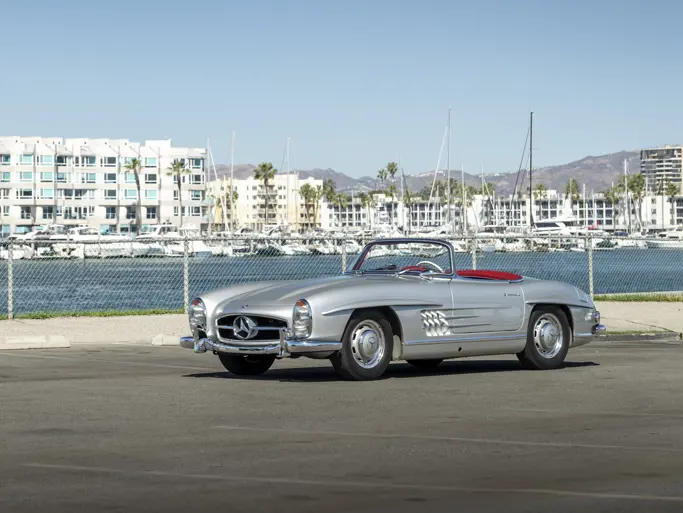250 bhp 6,332 cc OHC V-8 engine with Bosch mechanical fuel injection, four-speed automatic transmission, independent front suspension by wishbones, with compressor-fed air units, auxiliary rubber springs and telescopic dampers, anti-roll bar, swing-axle rear suspension with compressor fed air units, auxiliary rubber springs and telescopic dampers, and servo-assisted, twin-circuit hydraulic all-wheel disc brakes. Wheelbase: 3,900 mm (150.5")
• One of just 30 Pullman limousines produced for 1966
• Mechanical overhaul to ensure proper operation of all hydraulics
• Excellent documentation, including all books and tools
The “Grosser” Mercedes was the car of popes, heads of state . . . and yes, pop singers. From the onset, it was expected, by the powers at Mercedes-Benz, that the car can do several things. First, it had to be coach built and capable of adaptation as a state vehicle. Second, it had to be a statement of the company’s engineering ability. Third, it was to be the best luxury car money could buy. The directors at Daimler-Benz decided it was time to take on Rolls-Royce in England and Cadillac in the United States–and that they did.
It was christened the 600, in reflection of its engine size, and was first introduced in October 1963 at the Paris Auto Show. Customer cars were not delivered until 12 months later. Production lasted through to 1981; each one being hand-built on a custom-order basis.
The car was offered in two versions: short or standard wheelbase 5/6-seater saloon and the 7/8-seater longer-wheelbase Pullman. The Pullman was 2.5 cm longer than the Cadillac Fleetwood 75 Imperial Limousine, until 1963, the longest production car in the world. The limousine was endowed with Mercedes’ vigorous 6.3-litre V-8, which offered surprisingly good performance despite its weight and size. The luxurious vehicle featured air suspension and electro-hydraulic controls for everything from windows to boot release. A total of 2,677 of these were built during the 19-year production run, including 323 in 1966, with just 30 being Pullmans.
This Pullman comes complete with excellent documentation, including all books and tools. The engine has been overhauled in Italy, at the well-known Conrero workshop. In addition, its current owner has recently spent €18,000 on the hydraulics of the car to ensure proper operation and that everything works as it was intended, from the windows to the boot closing mechanism. The car presents well, with its brown exterior and matching leather interior, which is thought to be original. This is a largely original example of one of Mercedes-Benz’s finest limousines, perfectly suited to any formal occasion.


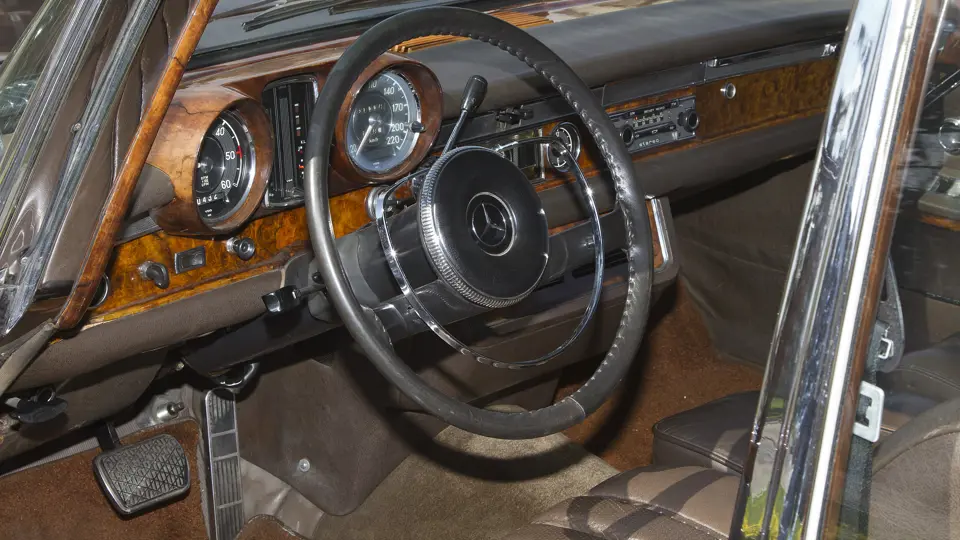

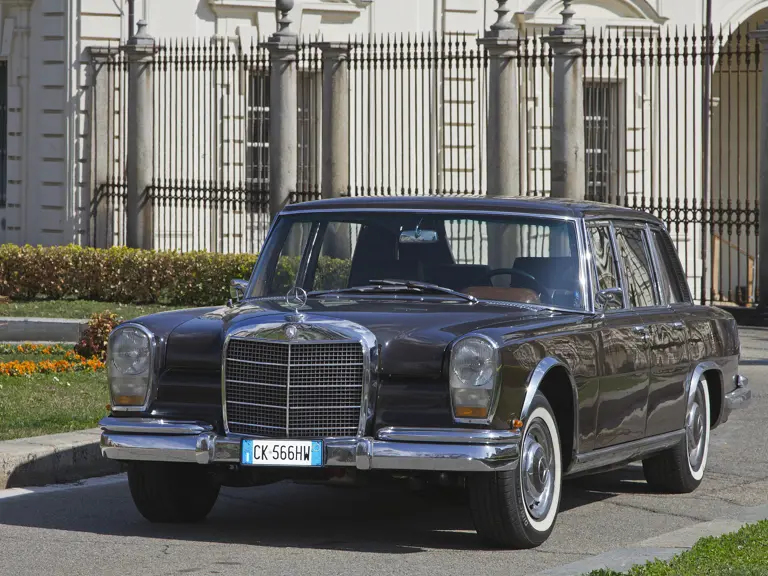


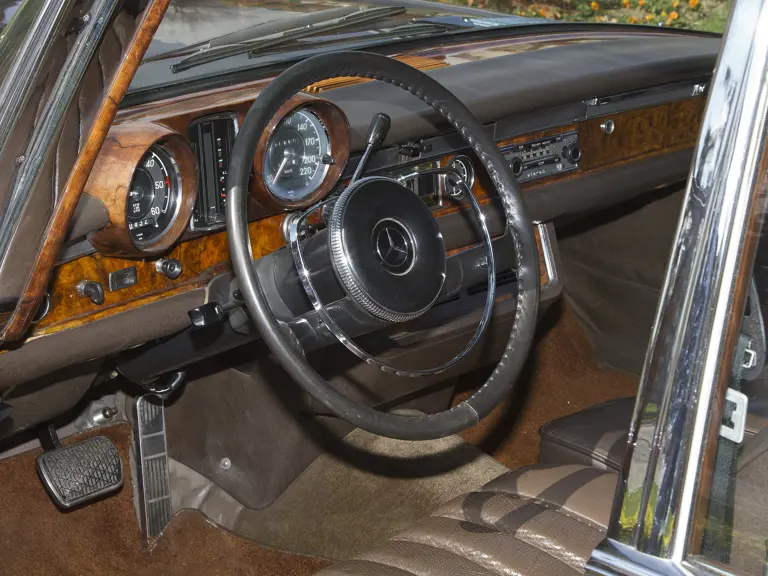
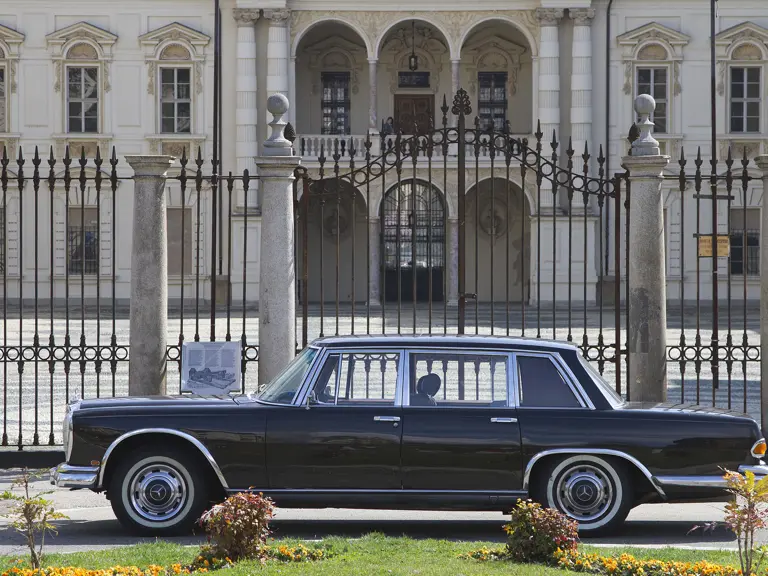
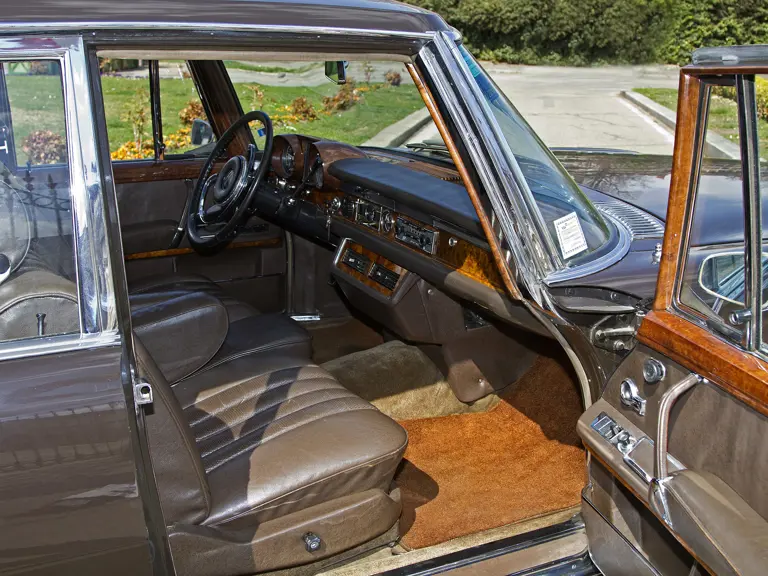
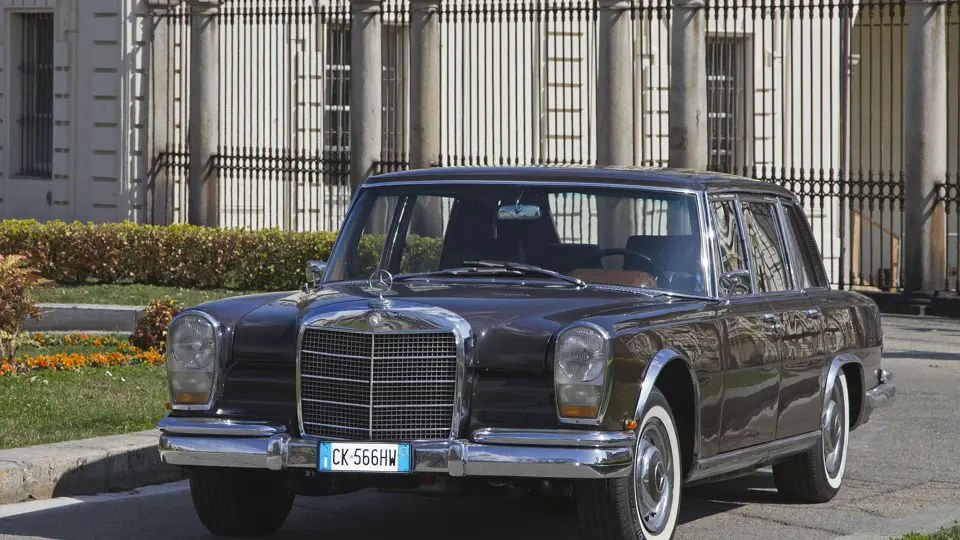
 | Monaco, Monaco
| Monaco, Monaco


